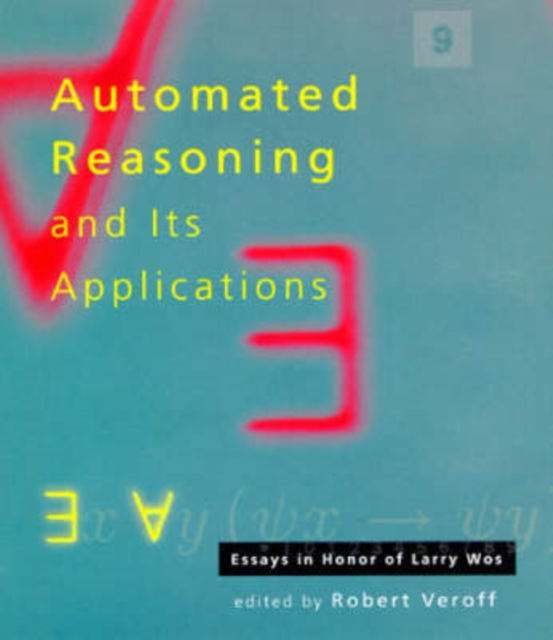
Automated Reasoning and Its Applications : Essays in Honor of Larry Wos Hardback
Edited by Robert (University of New Mexico) Veroff
Part of the The MIT Press series
Hardback
Description
The contributors are among the world's leading researchers inautomated reasoning.
Their essays cover the theory, software system design, and use of these systems to solve real problems. The primary objective of automated reasoning (which includes automated deduction and automated theorem proving) is to develop computer programs that use logical reasoning for the solution of a wide variety of problems, including open questions.
The essays in Automated Reasoning and Its Applications were written in honor of Larry Wos, one of the founders of the field.
Wos played a central role in forming the "culture" of automated reasoning at Argonne National Laboratory.
He and his colleagues consistently seek to build systems that search huge spaces for solutions to difficult problems and proofs of significant theorems.
They have had numerous notable successes. The contributors are among the world's leading researchers in automated reasoning.
Their essays cover the theory, software system design, and use of these systems to solve real problems. ContributorsRobert S. Boyer, Shang-Ching Chou, Xiao-Shan Gao, Lawrence Henschen, Deepak Kapur, Kenneth Kunen, Ewing Lusk, William McCune, J Strother Moore, Ross Overbeek, Lawrence C.
Paulson, Hantao Zhang, Jing-Zhong Zhang
Information
-
Item not Available
- Format:Hardback
- Pages:257 pages
- Publisher:MIT Press Ltd
- Publication Date:01/07/1997
- Category:
- ISBN:9780262220552
Information
-
Item not Available
- Format:Hardback
- Pages:257 pages
- Publisher:MIT Press Ltd
- Publication Date:01/07/1997
- Category:
- ISBN:9780262220552










